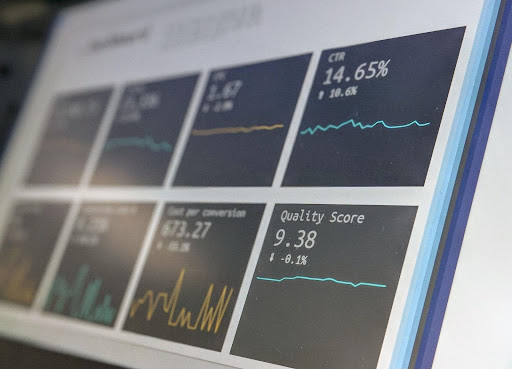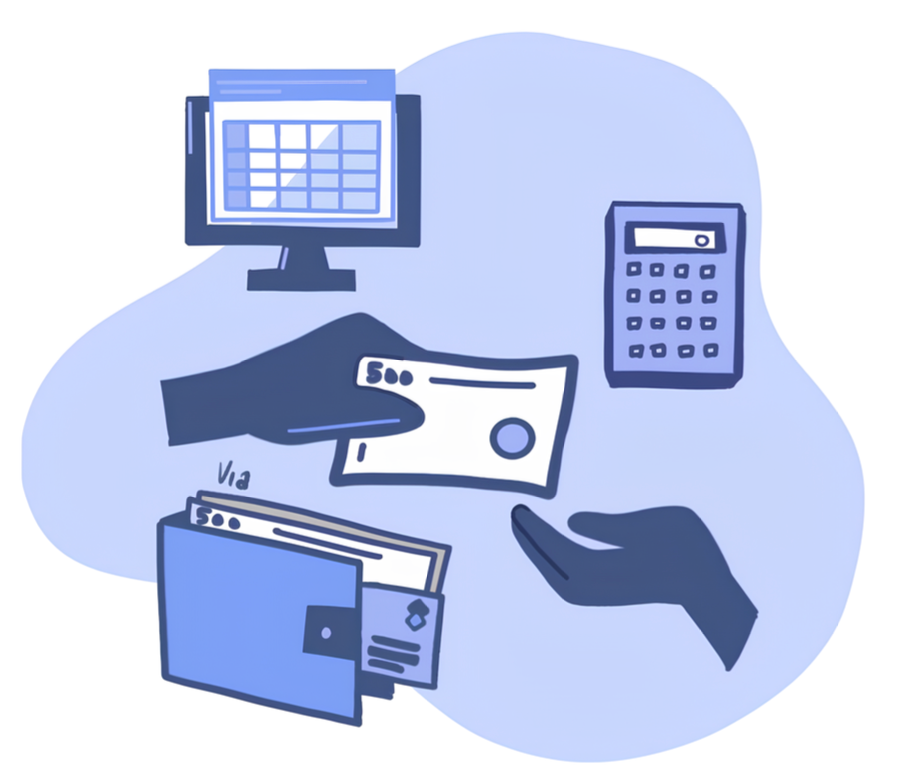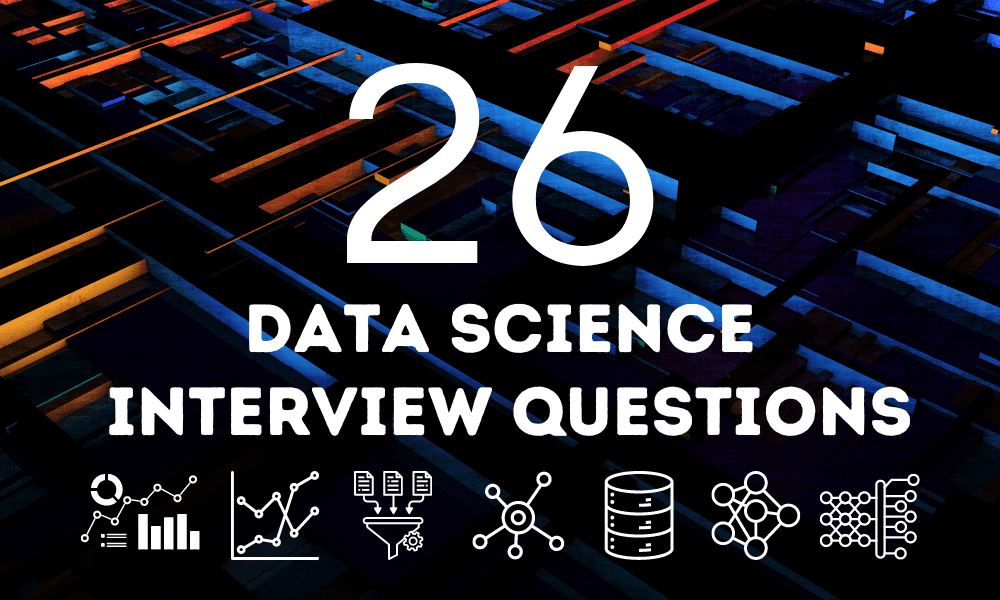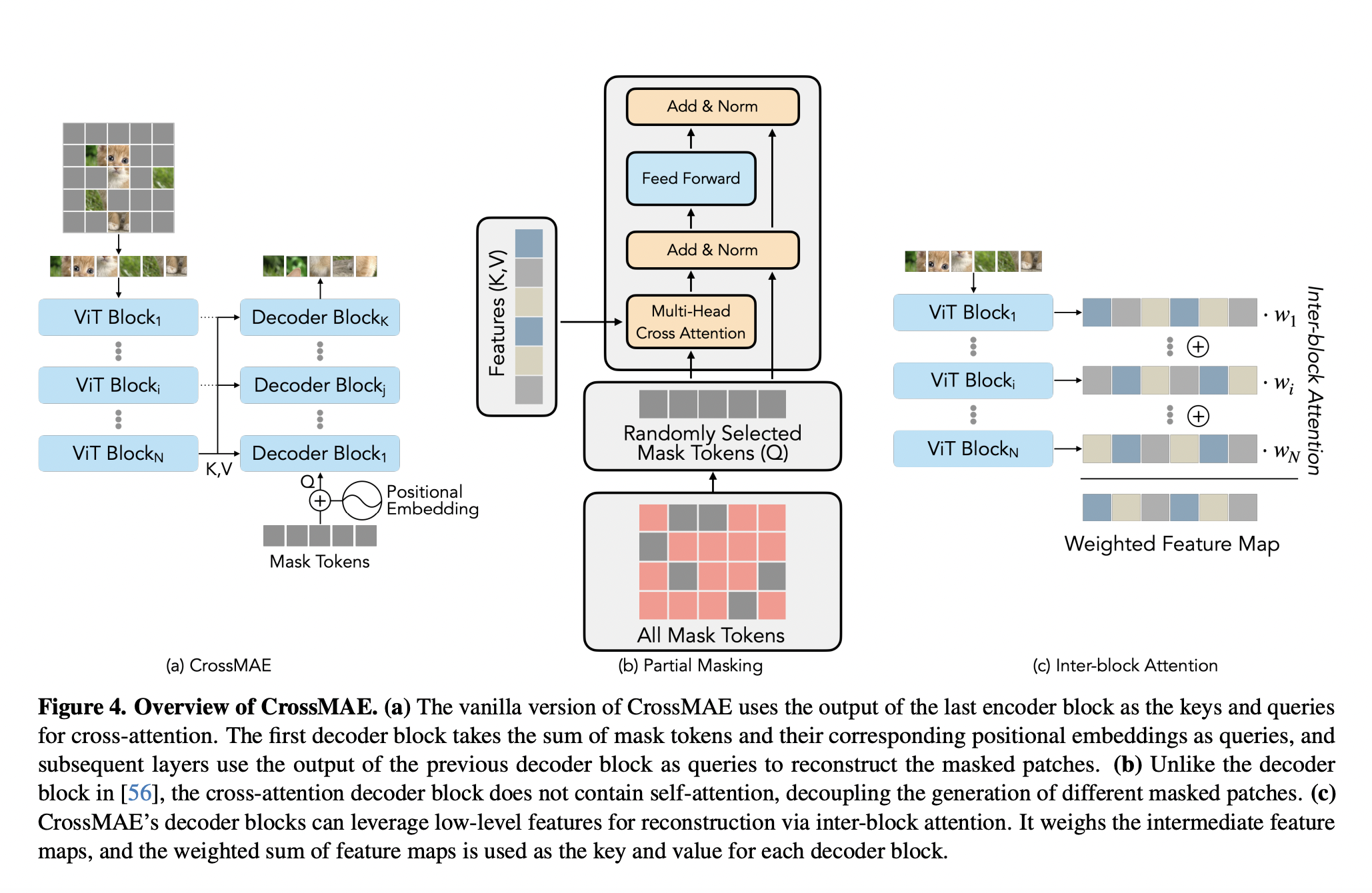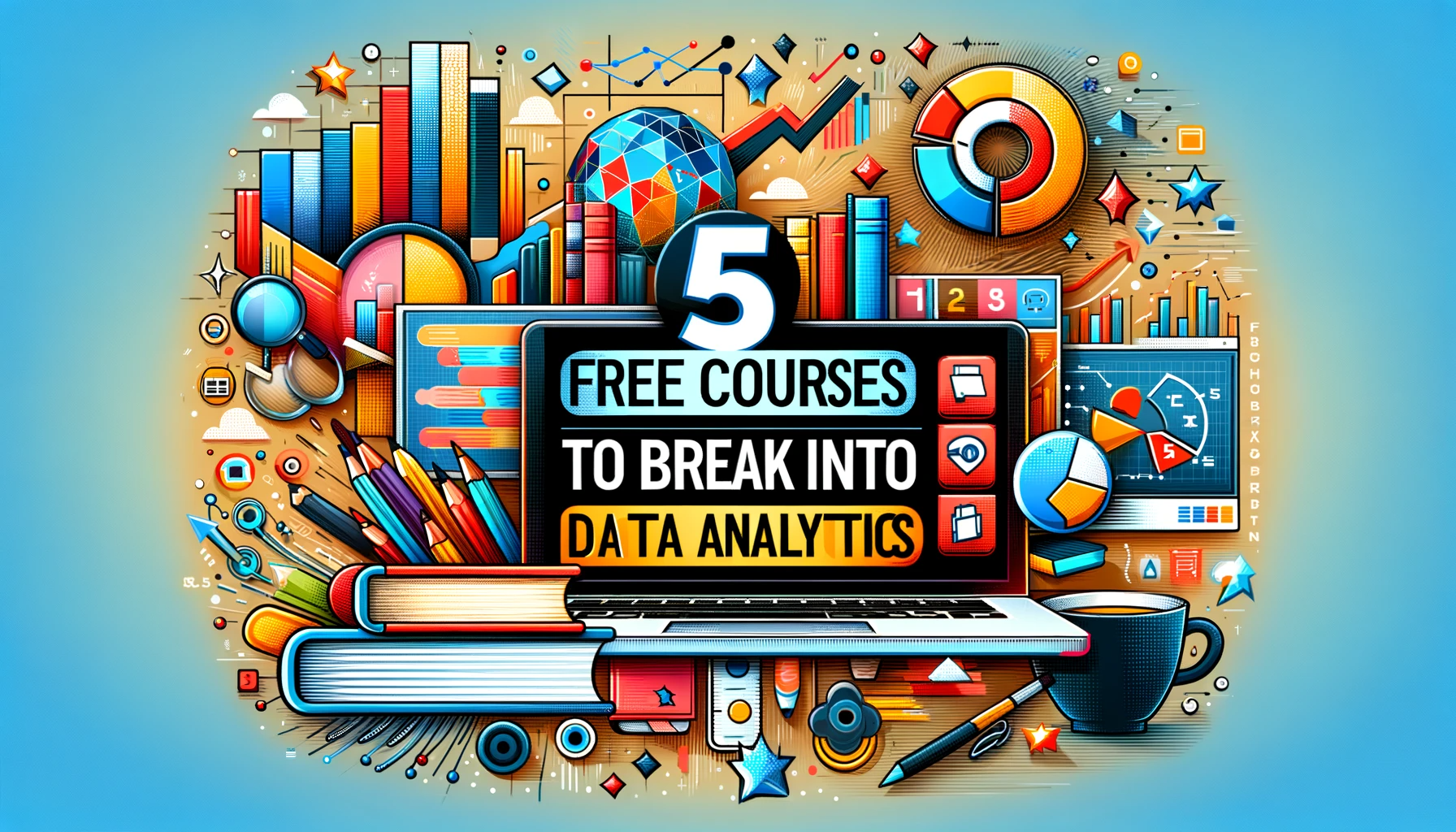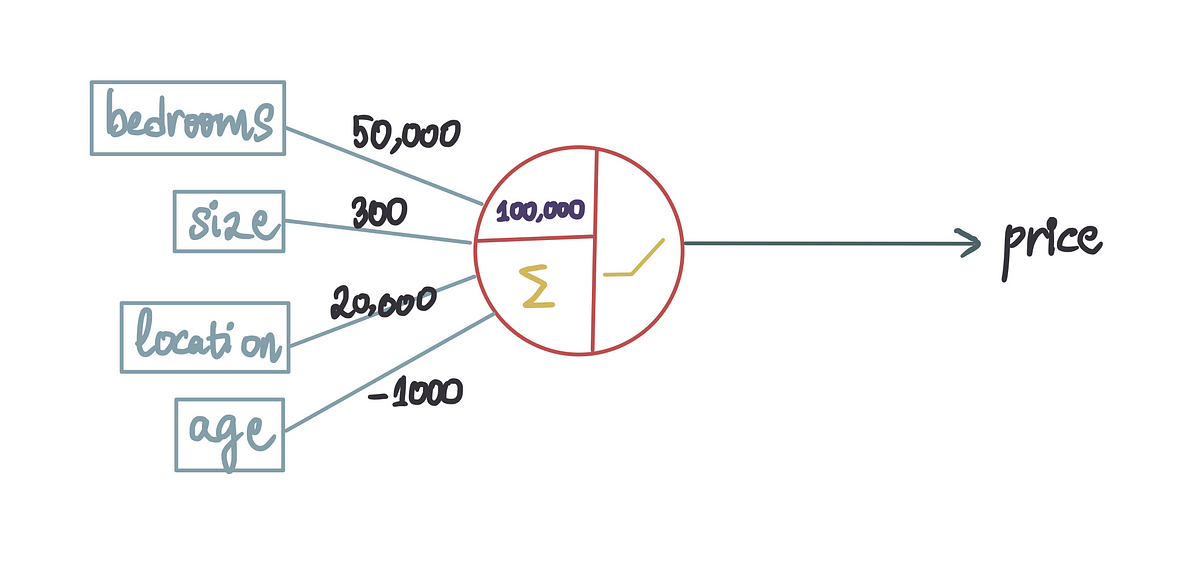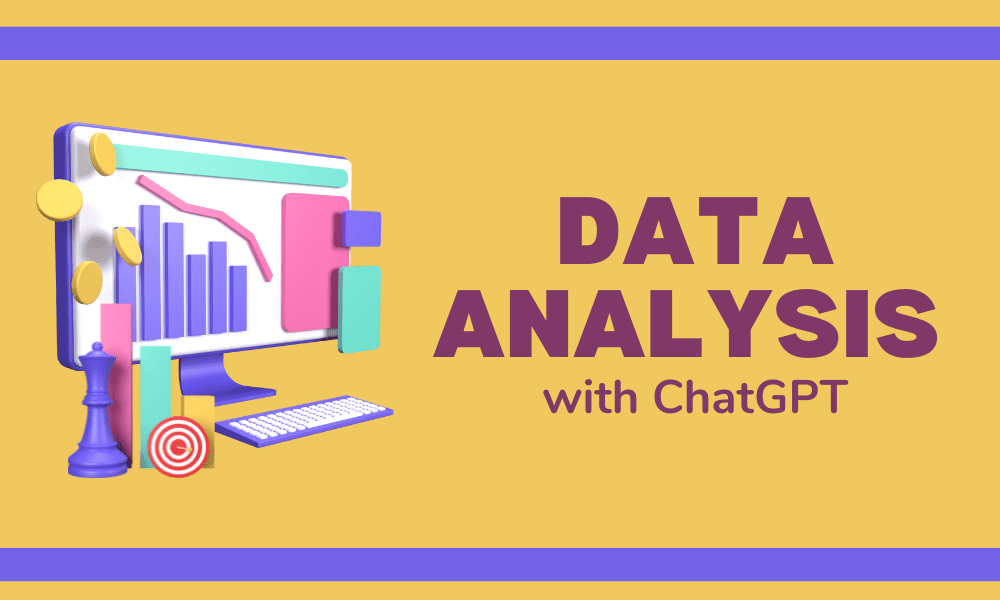Machine learning has many applications in businesses across various industries. Marketing, for instance, can benefit from its data processing and learning abilities to convert potential leads into verified customers. Discover how you can use machine learning to increase paid conversions.
“Machine learning (ML) is an artificial intelligence (AI) that uses advanced algorithms to make…
